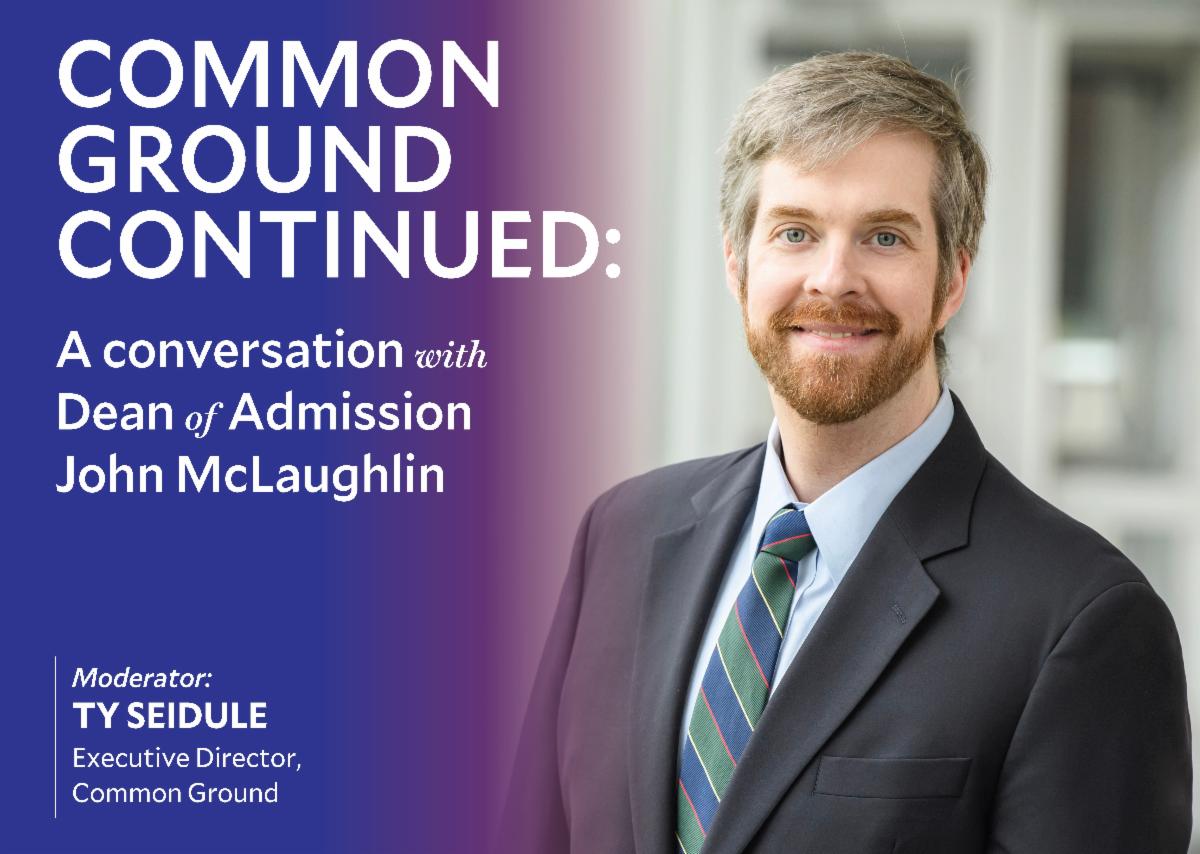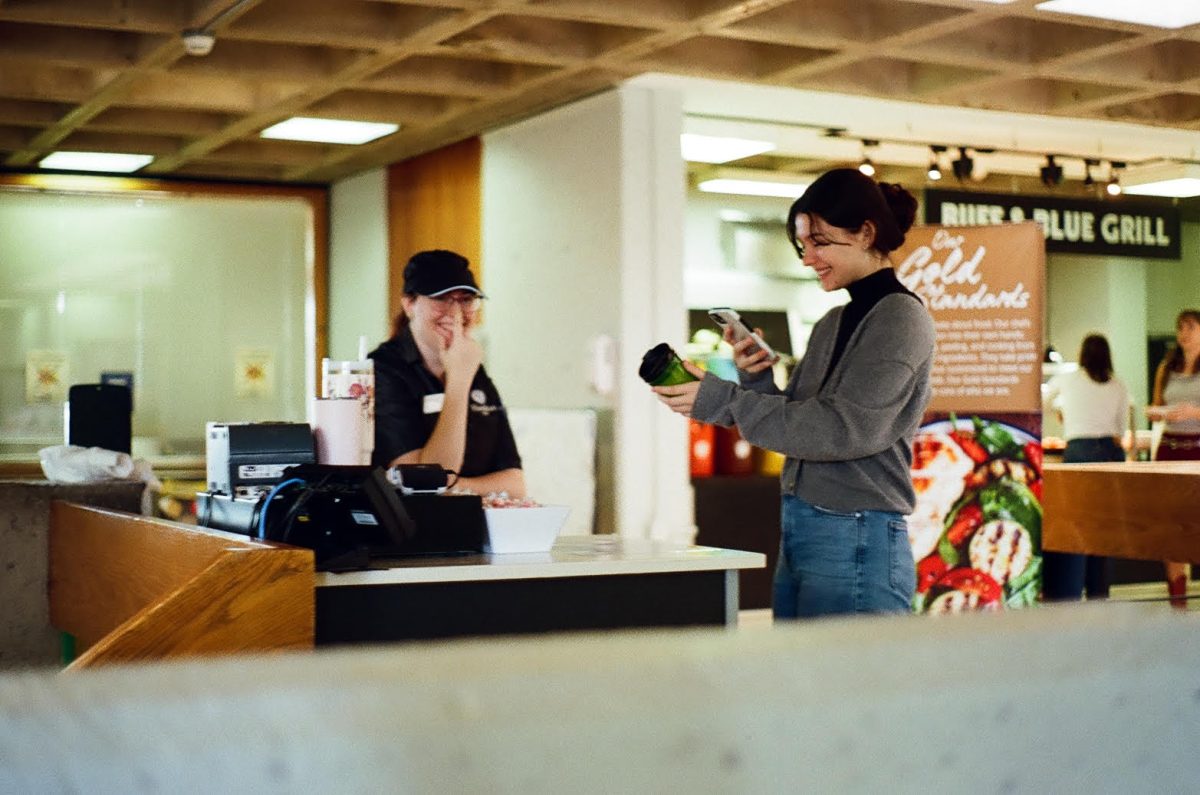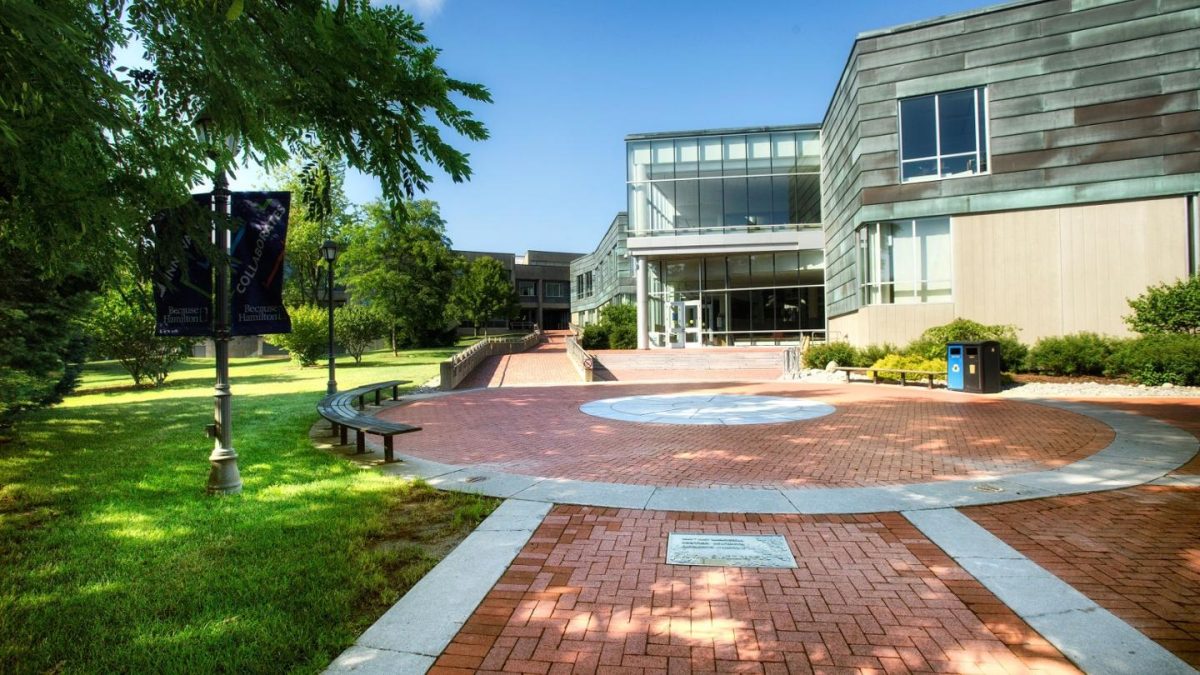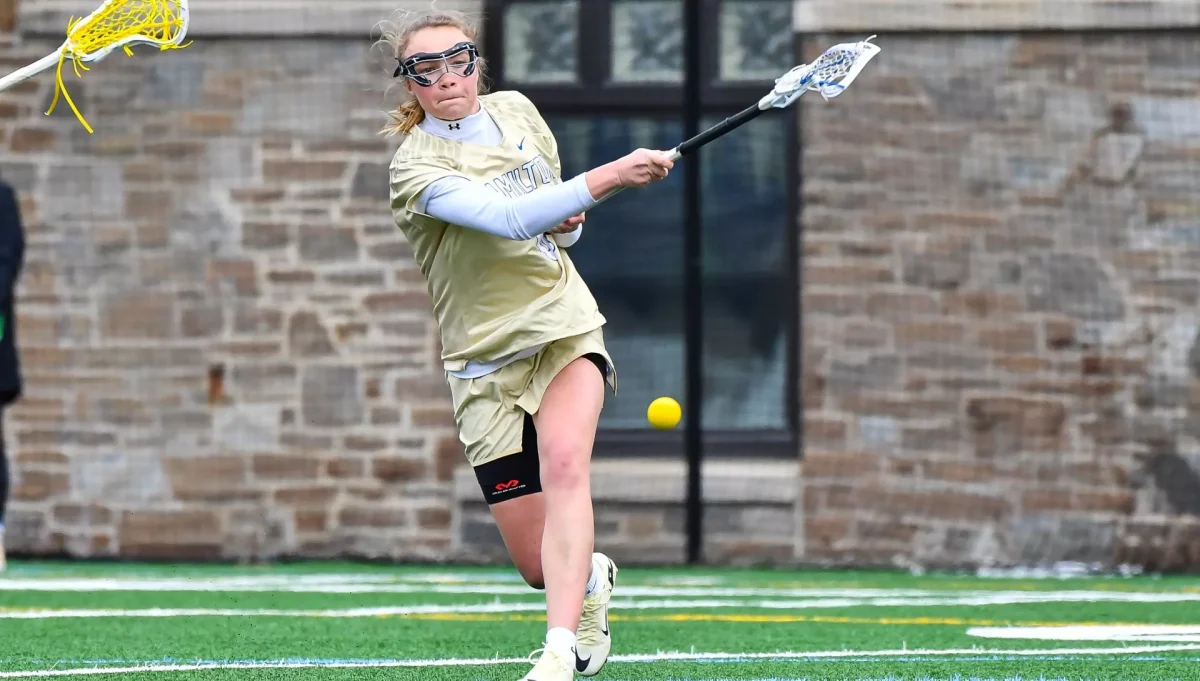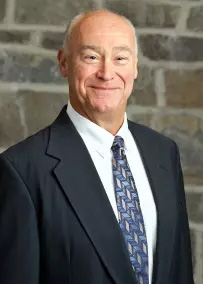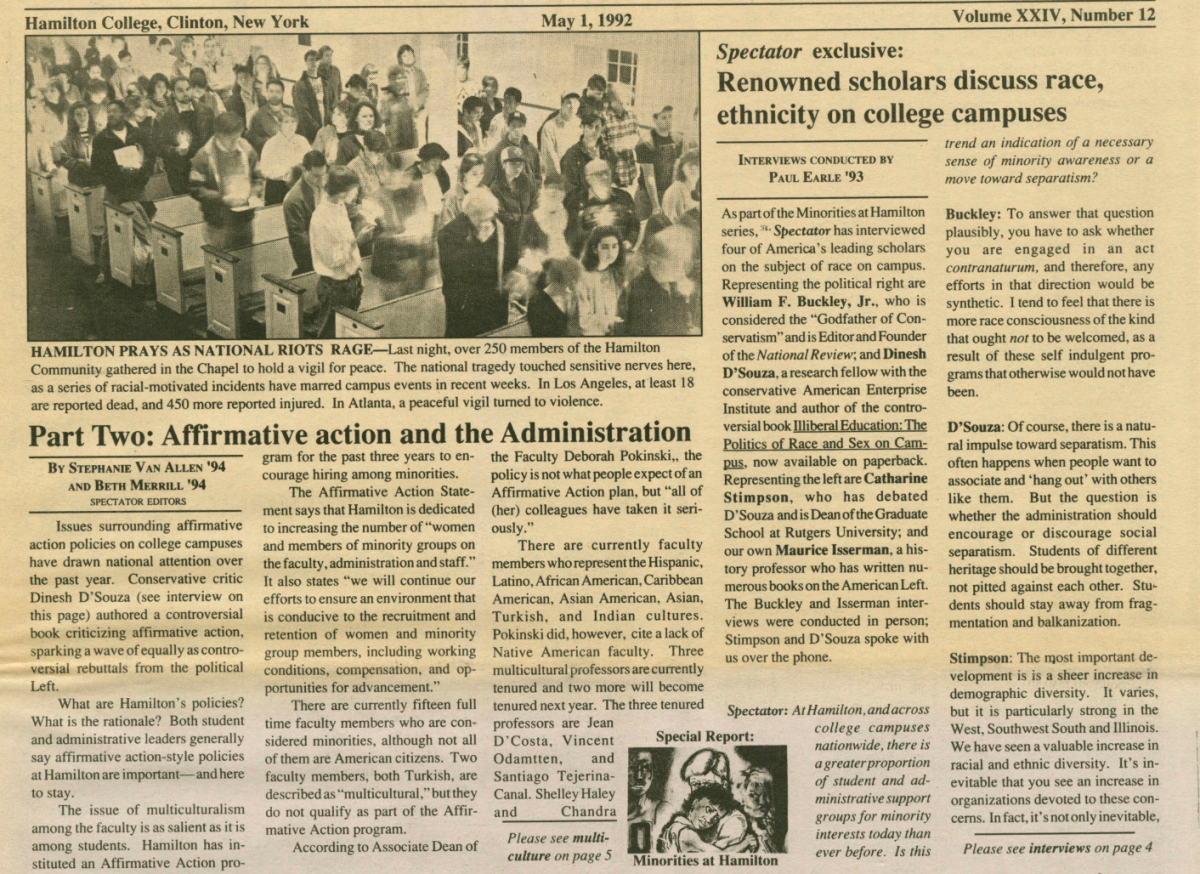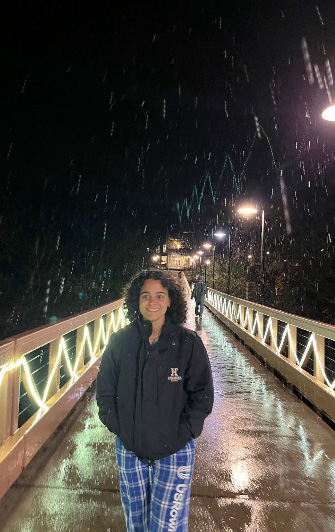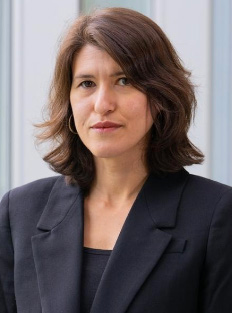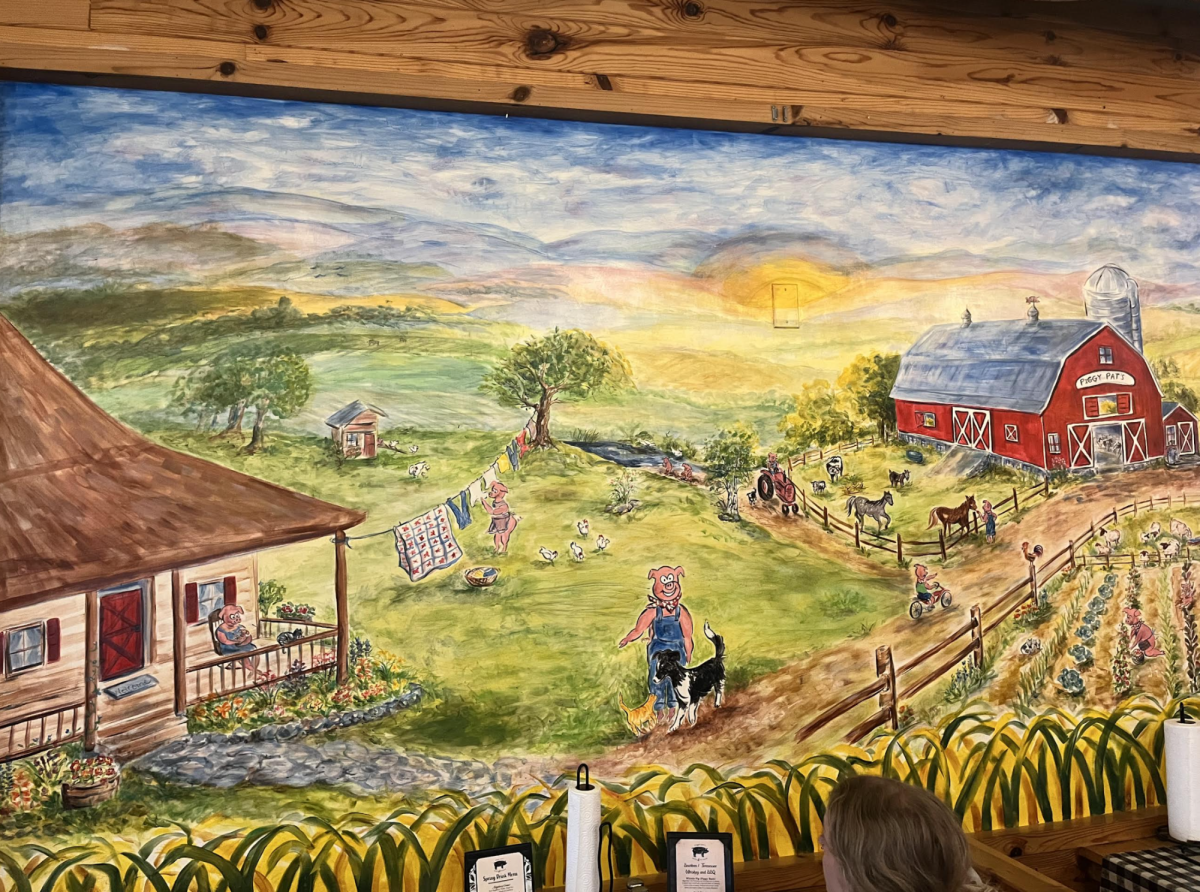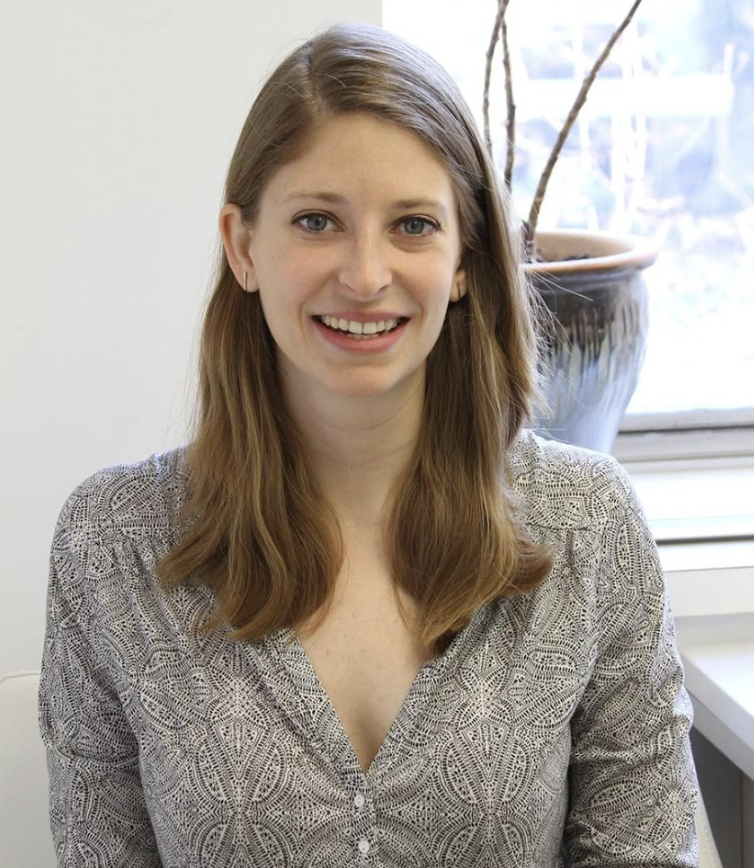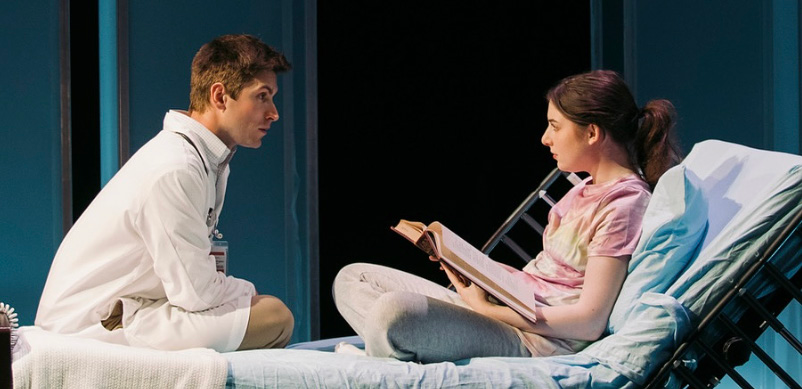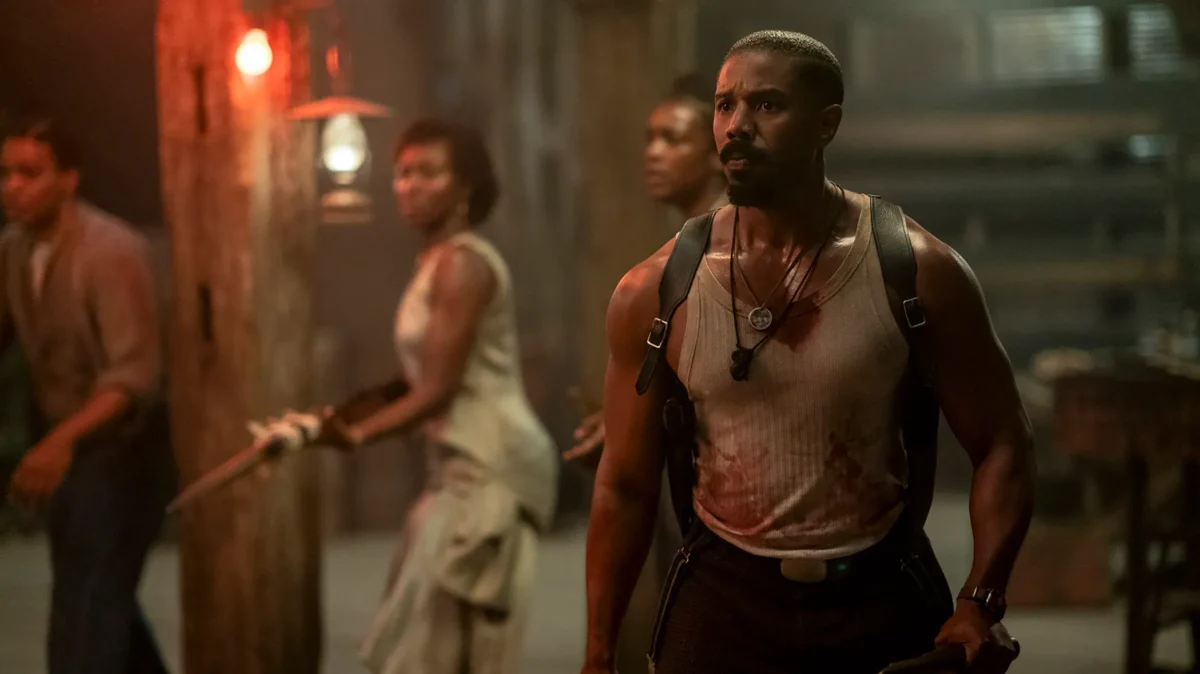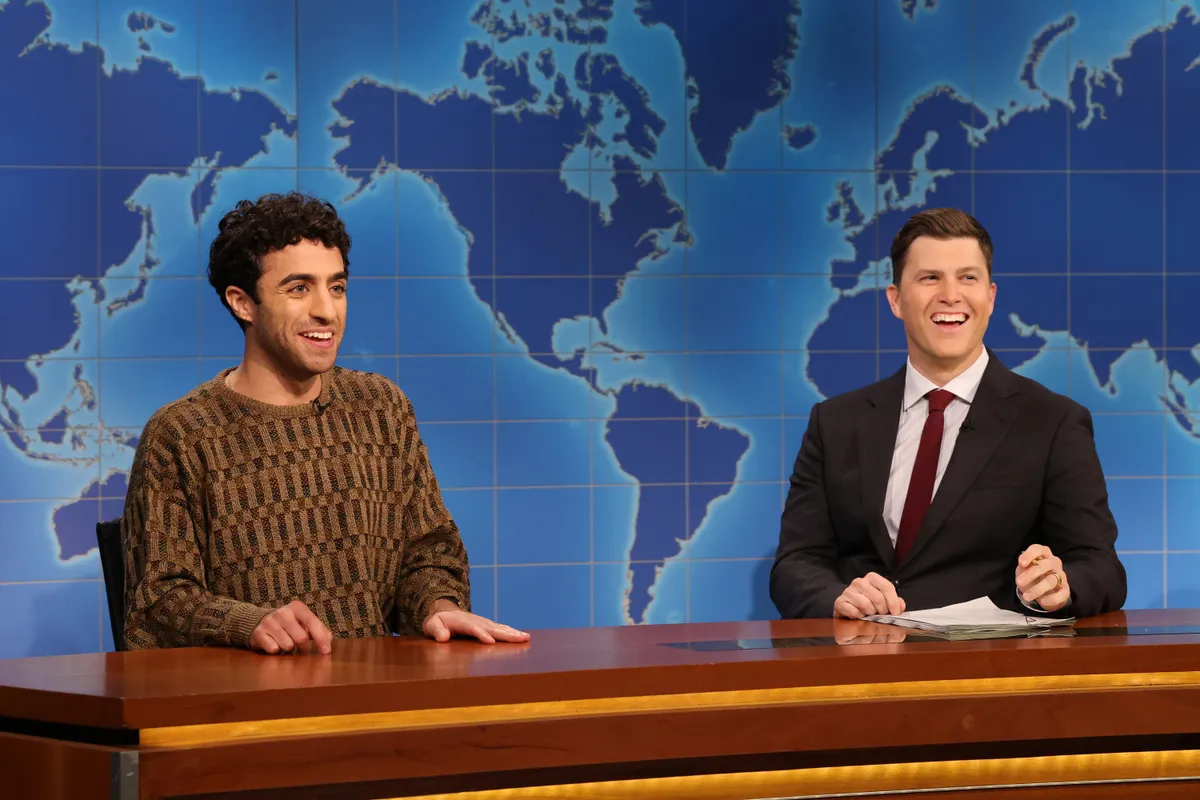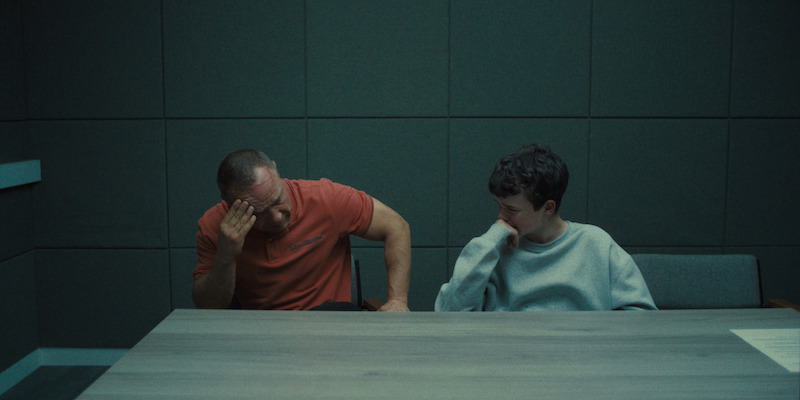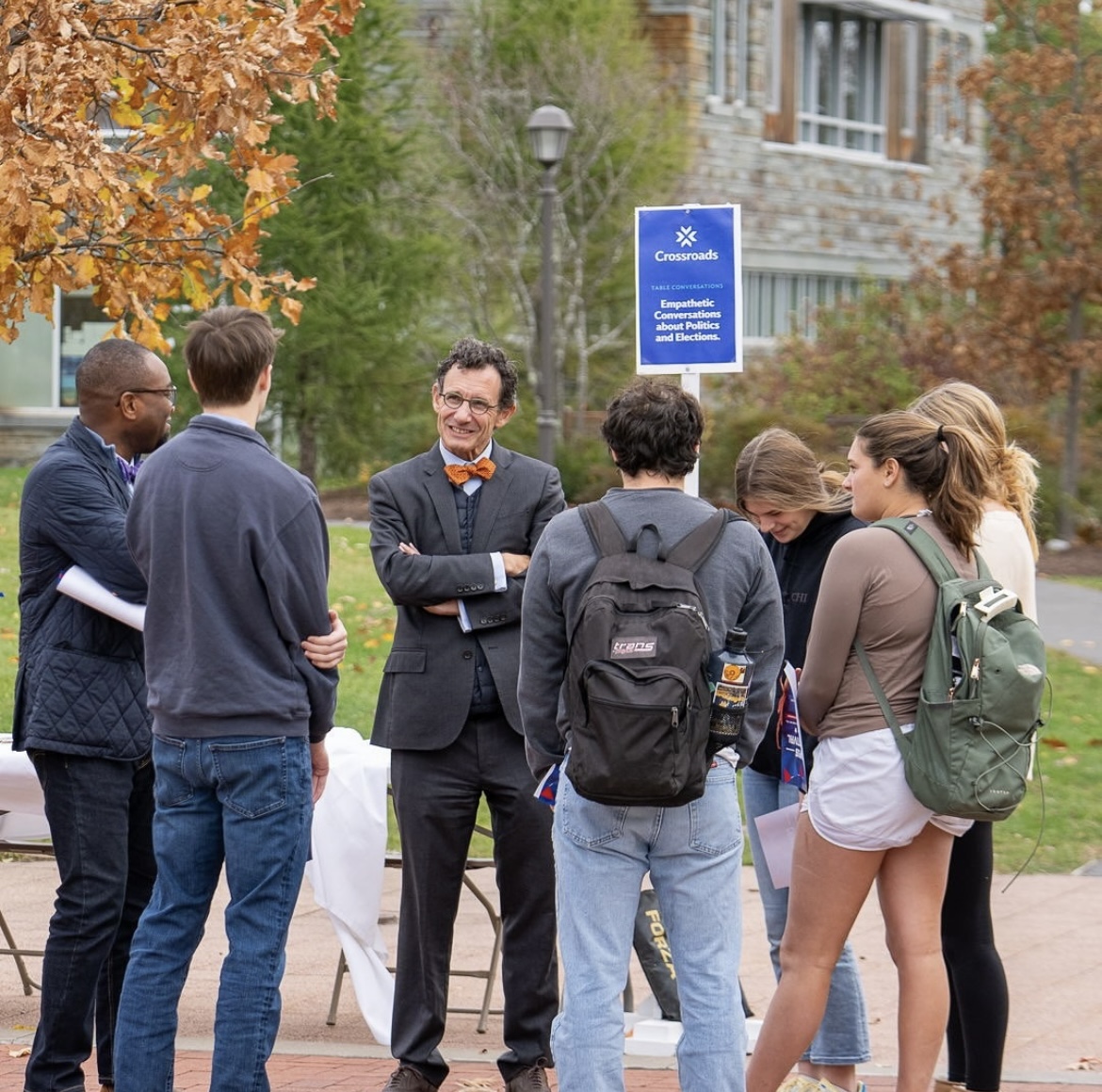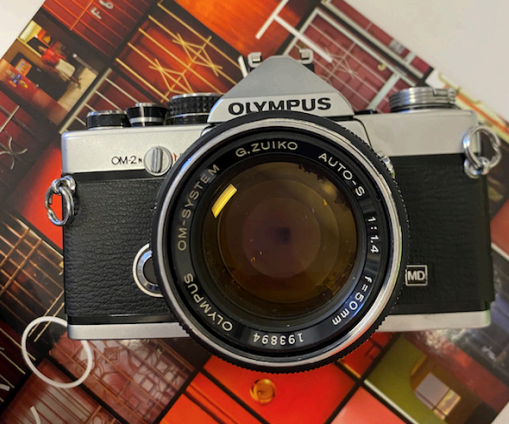
This spring, Associate Professor of Art and Director of Digital Arts, Robert Knight is teaching a course titled “Advanced Photo: Analog Techniques.” In this course, students will construct their own analog cameras using a 3-D printer. As a result of the limited market supply of the 35 mm analog cameras, prices for these cameras have soared, making it impossible for the department to provide every student with a camera. Robert Knight has found a solution to this problem. Funded by the Creative Arts and Technology Grant, which supports academic projects involving art and technology, Knight’s course allows students to construct their own cameras using 3D printing technology. The department purchases used lenses and bodies of analog cameras, and students print the other parts to create an affordable and lightweight analog camera. By using a 3D printer to create parts, students are able to make a $1000 camera for $300. Knight’s course will result in 5 new analog cameras added to the department’s supply.
Analog photography is unique because it forces photographers to engage in a laborious artistic process. Knight articulates this: “it was in chemicals in the darkroom. It’s a wet process, you have to dry it and flatten it. It’s a kind of labor in a way.” “A lot of times when we look at art we think about the work that the artist does. That’s a part of the appeal — how hard it was.” Each roll of analog film only allows photographers to take eight photos which also forces artists to bring a higher level of discernment and intention to their work. In reviving these old cameras, Knight asserts that they are able to “reuse things that are basically obsolete.” “It’s a great way to recycle a great piece of equipment. Literally these things have probably been sitting on someone’s shelf and haven’t been used,” Knight commented.
Knight also aims to make photography financially accessible for students once they graduate: “Usually these kinds of cameras are so expensive that most people could not get them.” Knight outlined the mission of this project as being about “accessibility, recycling and reusing an analog.” “That’s the fun thing about teaching is you get to do these kinds of experiments,” Knight reflected. Knight shared the reasons behind his love of photography: “the amazing thing about photography is it is a way to express yourself, communicate to the world but done through visuals,” and he enjoys the process of “figuring out how to do that effectively through images.”
According to Knight, developing a photography exhibition is akin to writing an argumentative essay: “How can you develop a thesis or argument or ideas and use photography to communicate that to your audience?” Photography allows students to share their intellectual ideas with a wider community audience. Knight asserts that photography “lets you express your ideas and people see them and appreciate them.” Knight views photography as distinct from other art forms. He said, “one of the great things about photography is that it is incredibly easy to get the basic technical skills so that you can start using it as a tool for communication, unlike painting where you have to spend a year learning how to use a brush and mix colors.” Rather than spending a semester building up a technical foundation, students are able to quickly use photography as a vehicle for the expression of ideas. “It is relatively easy to get to a level where you can actually start making things that are interesting.” Knight adds. “Photography affects everything in our lives these days, whether it’s art, science, humanities, commerce. So even if you are not going to be an artist, learning to use this technology and learning how to think through photographs is super useful,” said Knight.
Knight also emphasized the value knowledge of photography bears on individuals’ lives as citizens. With the rise of deepfakes and artificial intelligence, it has become increasingly important to bring a greater degree of scrutiny to images. Knight discussed a class he is currently teaching with Sharon Rivera in the Government Department, called Digital Human Rights Investigation projects, in which he and Rivera instruct students on how to conduct a visual investigation.
Knight hopes to showcase the final exhibition from his course in the Burke Library. Knight reflected on his path to a profession in photography. As an Economics and Architecture major, Knight began his career working in Finance in New York City. He started working on photography projects on Saturdays. Ultimately, he pursued a Graduate degree in Art. He attests to the difficulty he faced trying to get into art classes in college. His story is one that reveals the possibility of pursuing a career in art even without formal education or training. Knight urges students to take art courses even if they are not planning to pursue a career in art.

